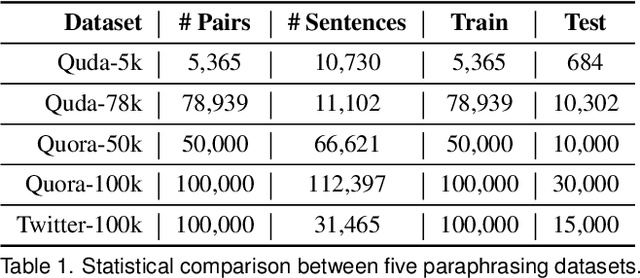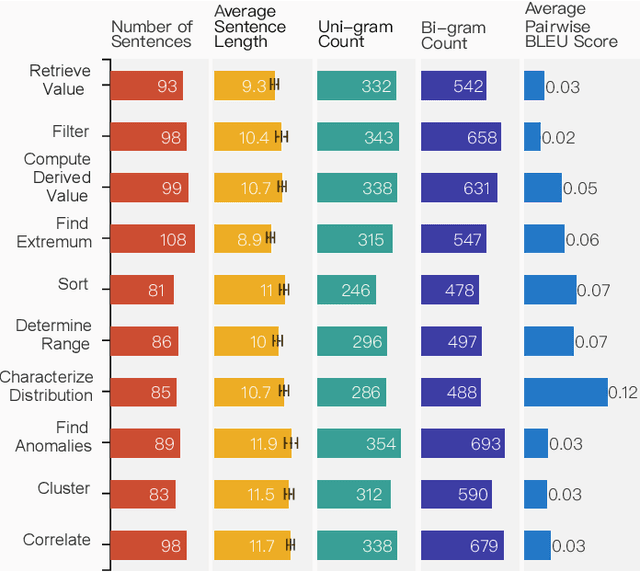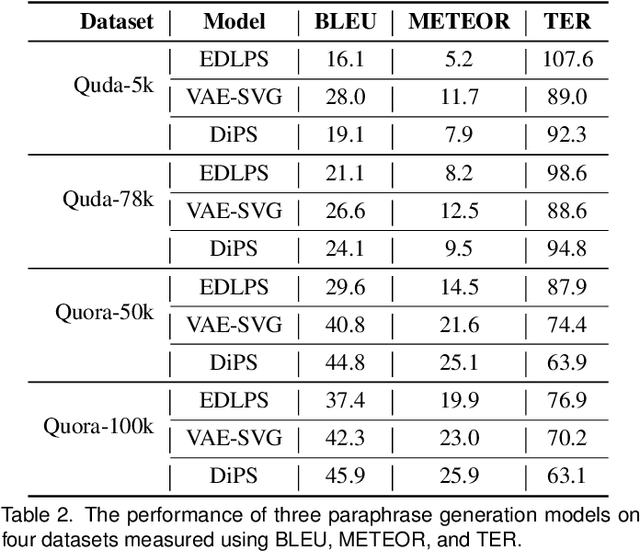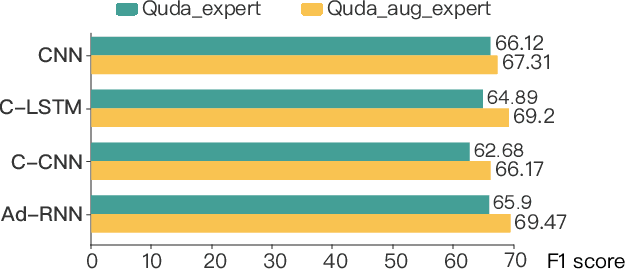Xiaodong Ge
Quda: Natural Language Queries for Visual Data Analytics
May 13, 2020



Abstract:Visualization-oriented natural language interfaces (V-NLIs) have been explored and developed in recent years. One challenge faced by V-NLIs is in the formation of effective design decisions that usually requires a deep understanding of user queries. Learning-based approaches have shown potential in V-NLIs and reached state-of-the-art performance in various NLP tasks. However, because of the lack of sufficient training samples that cater to visual data analytics, cutting-edge techniques have rarely been employed to facilitate the development of V-NLIs. We present a new dataset, called Quda, to help V-NLIs understand free-form natural language. Our dataset contains 14;035 diverse user queries annotated with 10 low-level analytic tasks that assist in the deployment of state-of-the-art techniques for parsing complex human language. We achieve this goal by first gathering seed queries with data analysts who are target users of V-NLIs. Then we employ extensive crowd force for paraphrase generation and validation. We demonstrate the usefulness of Quda in building V-NLIs by creating a prototype that makes effective design decisions for free-form user queries. We also show that Quda can be beneficial for a wide range of applications in the visualization community by analyzing the design tasks described in academic publications.
 Add to Chrome
Add to Chrome Add to Firefox
Add to Firefox Add to Edge
Add to Edge